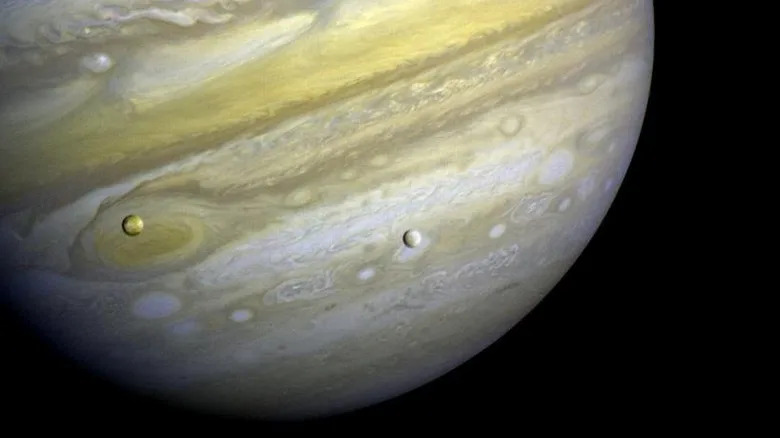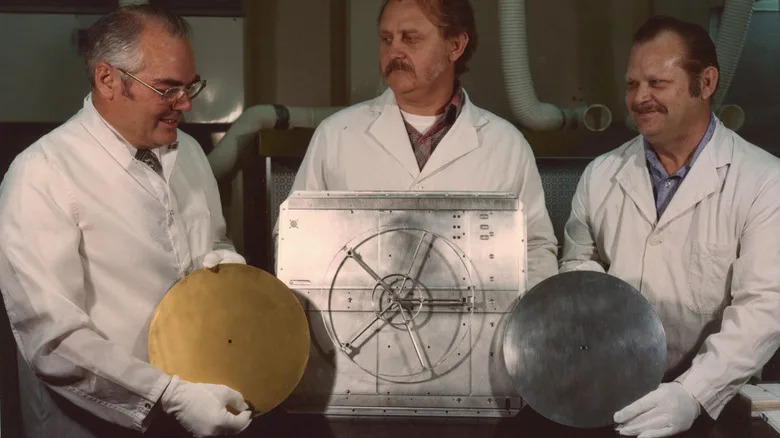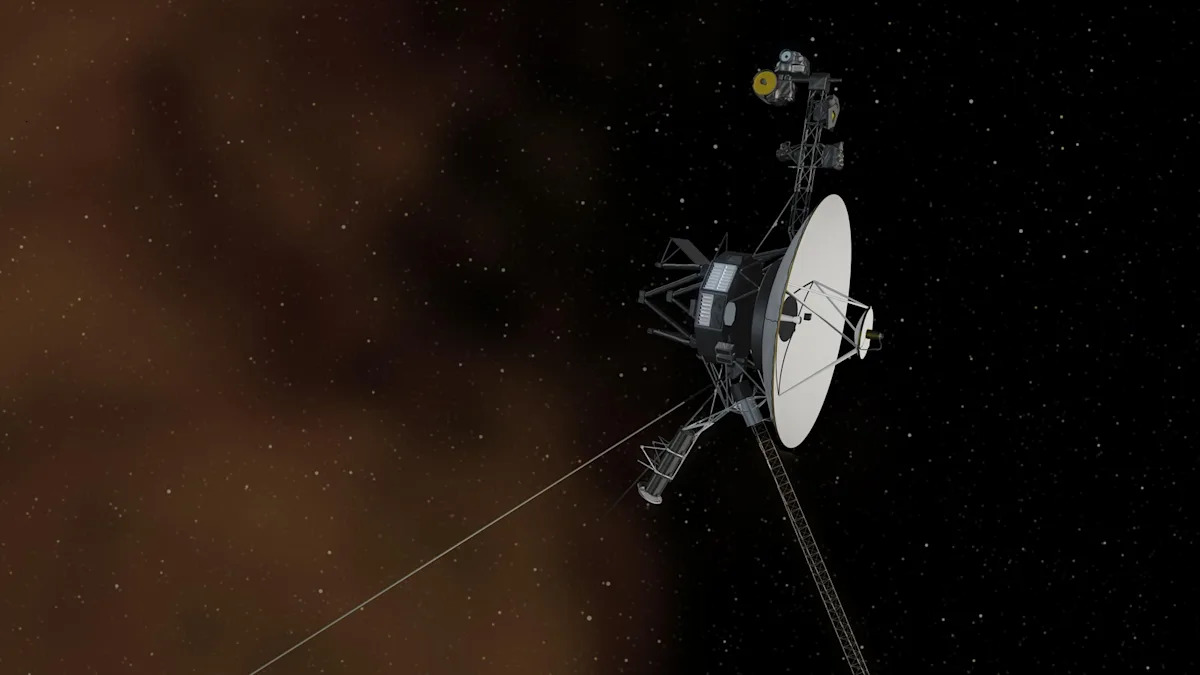When NASA launched the Voyager 1 probe back in 1977, the initial objective was to gather information about our solar system — specifically, the region beyond the asteroid belt (between the orbits of Mars and Jupiter). After more than four decades in the cosmos, Voyager 1 and its sister probe, Voyager 2, have gathered some incredible images and data of our neighboring planets and the Sun. And now Voyager 1 is on track to become the first man-made object to travel a full light-day from Earth, an unbelievable feat for humanity. If all goes according to plan, the probe will be approximately 16 billion miles away from Earth on November 15, 2026 — the equivalent of one light-day.
Voyager 1 officially departed our solar system in August 2012, entering a region of space known as the heliopause, where the Sun’s solar wind touches the galactic void beyond. Traveling around 38,000 miles per hour, it was only a matter of time before Voyager 1 would be nearing this soon-to-be milestone.
Read more: This Is How Most Life On Earth Will End
Slow and steady wins the interstellar race
An image taken by Voyager 1 of Jupiter and its two satellites, Io and Europa. – NASA/JPL-Caltech
As part of the Voyager Interstellar Mission (VIM), Voyager 1 and 2 probes have been operating post-heliopause since 2012 and 2018, respectively. The current mission objectives include the measurement of magnetic fields, particles, and plasma waves in interstellar space.
The VIM is actually an extension of Voyager’s primary mission, successfully completed in 1989 when Voyager 2 cruised by Neptune. While NASA expects both probes to fail to produce enough electricity to power their scientific measurement tools in a few years, the upcoming light-day achievement is an incredible reminder of how far humanity’s reach has extended.
And let’s not forget the fact that Voyager 1 was built using 1970s technology, and is still managing to capture data nearly half a century since its launch, not to mention Voyager 1’s signals, traversing billions of miles through space, are still able to ping Earth’s antennas with enough strength for scientists to unpack the data.
A Golden Record awaits those who discover the probe
Components of Voyager’s Golden Record on May 10, 1977. – NASA/JPL-Caltech
Should extraterrestrials exist, and should these mysterious cosmic denizens ever discover Voyager 1 for themselves, we Earthlings set them up with a glorious welcome basket. Onboard the probe is the “Golden Record,” a literal 12-inch gold-plated copper disk that contains sounds and images from Earth, as well as a set of instructions on how to get here.
The images and audio selections were assembled for NASA by a committee led by Carl Sagan of Cornell University. The collection of natural Earth sounds includes surf, thunder, wind, birds, and whales, as well as musical curations from multiple eras, and spoken greetings from human beings in over 55 languages. The disk also contains printed messages from President Carter and U.N. Secretary General Waldheim.
While we can’t be sure if Voyager 1 will ever land in the hands of a life-form intelligent enough to know how to use it, the fact remains that, back in 1977, humanity put together this endearing time capsule to give our potential cosmic neighbors a glimpse into the sights and sounds of what makes us human. (I’m not crying, you’re crying.)
Enjoyed this article? Sign up to BGR’s free newsletter and add us as a preferred search source for the latest in tech and entertainment, plus tips and advice you’ll actually use.
Read the original article on BGR.

